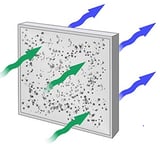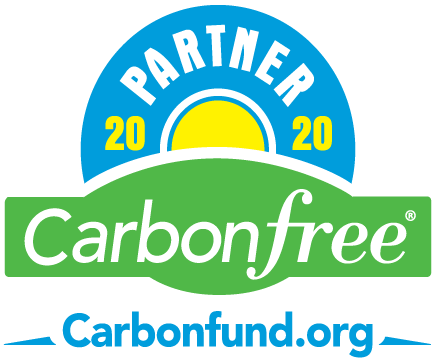As we are all learning to adjust to life with COVID-19, many areas are considering re-opening schools for the coming school year. Although many teachers are finally starting to unwind into a stranger-than-usual summer break, now is the ideal time to get a jump on adjustments to school operations to make in-person education as safe as possible for students, faculty and staff alike.
Keep Up With CDC Guidelines
 Currently, the CDC has released guidance and considerations to protect students, faculty, and staff. I highly recommend referring to these resources directly if you are an education administrator as these resources are updated frequently.
Currently, the CDC has released guidance and considerations to protect students, faculty, and staff. I highly recommend referring to these resources directly if you are an education administrator as these resources are updated frequently.
With all the guidelines, considerations, requirements and executive orders coming out from different organizations, it can be hard to know what to do and even harder to keep up with it once you get a handle on what is required. Do your best, research all the applicable federal, state, and local guidelines and discuss these with your facilities personnel or other staff. If appropriate, contact an engineer or commissioning agent for assistance in determining the best options for your building. Every building is different, and every jurisdiction has different rules and requirements.
Building Assessment Before Reopening
While much of the guidance and considerations are focused on things outside the scope of an HVAC engineer, there are a few adjustments that can be made to help keep the school as safe as possible during these trying times. First off, ensure the HVAC system is bringing in the outside air and removing the building air as per the system’s design. Look for blocked air intakes or exhausts, or broken damper and valve actuators. Additionally, ensure other issues aren’t missed. These might include mold growth in a long-unoccupied building, damp with summer heat and humidity. Also, ensure the domestic plumbing and evaporative cooling tower are flushed to reduce the risk of Legionella. Legionella exists in almost all domestic water systems and is very happy with moderate temperatures and stagnant water, both are available in spades in most buildings unoccupied for a long period of time.
Modifications To Address COVID-19
Promoting behaviors that reduce spread, preparing for when someone gets sick and maintaining healthy operations are all effective means to reduce transmission of COVID-19 and ensure continuity of the school’s operation. In addition to the above, it is important to maintain healthy environments; this includes cleaning and disinfection, discouraging the use of shared objects, increasing ventilation, modifying layouts, constructing physical barrier and guides and minimizing or closing communal spaces, and adjusting food service operations.
 Ventilation can be increased in a couple ways. The first is to open doors and windows, which introduces lots of fresh air, but can make buildings uncomfortable if the weather is not cooperating. The next is to investigate if the HVAC system can have its outdoor airflow rates or overall airflow rates increased without compromising the indoor environmental temperature control. If the fresh air intake cannot be increased due to system constraints, more efficient filter media could be installed in the air handling equipment (HEPA is best, MERV-13 and higher will help!).
Ventilation can be increased in a couple ways. The first is to open doors and windows, which introduces lots of fresh air, but can make buildings uncomfortable if the weather is not cooperating. The next is to investigate if the HVAC system can have its outdoor airflow rates or overall airflow rates increased without compromising the indoor environmental temperature control. If the fresh air intake cannot be increased due to system constraints, more efficient filter media could be installed in the air handling equipment (HEPA is best, MERV-13 and higher will help!).
When it comes to increasing ventilation, it is important to understand what sort of HVAC system you have and what it is capable of. Discuss with your building maintenance personnel and consider bringing in an outside consultant or contractor. Our next blog will go into more technical details of the options and adjustments that can be investigated for each HVAC system type.


